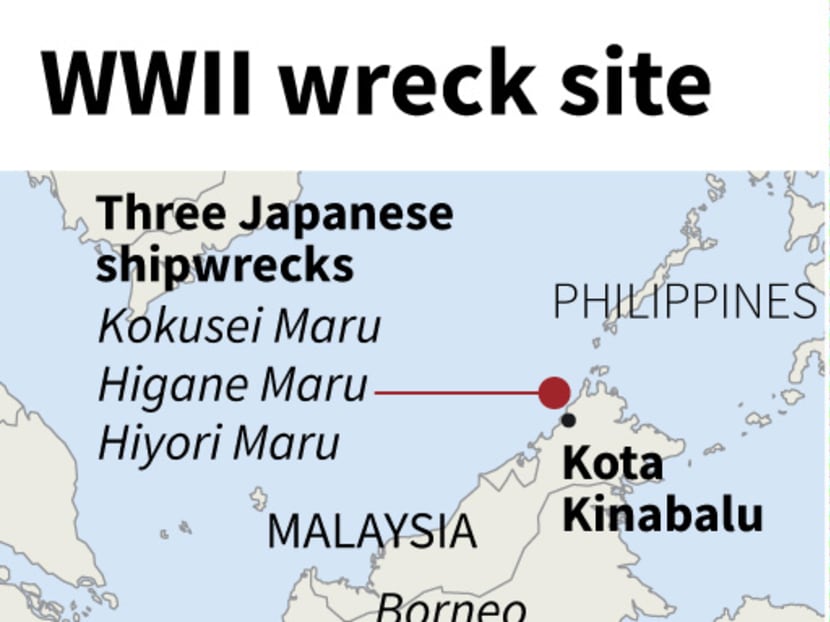WWII shipwrecks off Malaysia broken for scrap: Divers
KUALA LUMPUR — Three World War II shipwrecks off the coast of Malaysia — the final resting place of dozens of seamen — have almost disappeared, local divers say, with the finger pointing at possible scrap metal scavengers.
KUALA LUMPUR — Three World War II shipwrecks off the coast of Malaysia — the final resting place of dozens of seamen — have almost disappeared, local divers say, with the finger pointing at possible scrap metal scavengers.
The Japanese cargo vessels, which went down with their crews off the coast of Sabah in 1944, had become popular dive sites, teeming with fish and coral.
But local operators say the wrecks have been reduced to rumps, stripped of valuable metals that they believe are being sold on for profit.
Mr Mark Hedger, owner of a diving centre in Sabah and a frequent visitor to the sites, told AFP they had now almost disappeared.
"The Usukan and Upside Down wrecks are 98 per cent and 99 per cent gone. The Rice Bowl wreck is a heap of metal piled up into a ball," he said, referring to the wrecks' local names.
There are scores of WWII shipwrecks littered throughout South-east Asia, the result of fierce naval battles between Japanese and Allied forces.
The wrecks, some of which have never been properly documented, are treated as war graves because the bodies of the crews were never recovered.
But there have been growing reports in recent years of scavengers stripping off saleable materials, with several cases reported off the coast of Indonesia.
While some scavenging is done by low-tech outfits where divers rip off chunks of metal and haul them to the surface, there are also believed to be more sophisticated large-scale operations using cranes and platforms.
Sabah scuba diver Monica Chin said: "We need to know who did this and must bring them to justice. All of us are concerned and we suspect that someone is stealing the parts for scrap metal."
"We have to conserve our history. It is really very sad," she added.
She shared a photograph with AFP given to her by local fishermen apparently showing a vessel carrying off metal from the wrecks.
AFP has been unable to verify the photo but images shared on social media showed a large vessel and crane apparently near the sites, all within a kilometre (half a mile) of each other and known collectively as the Usukan wrecks.
Abdul Nasar Abdul Hadi, director of Sabah Marine Department, told AFP that Sabah Malaysia University (UMS) was granted permission by the Sabah Marine Department and the Sabah Museum to carry out exploration and salvage works at the shipwreck sites.
He said they had used a Chinese-flagged vessel and added Sabah Marine Department issued a stop-work order late January.
Sabah's state tourism minister Masidi Manjun told AFP he was due to meet with university officials Thursday to find out what had happened.
"We will give the university an opportunity to explain," he said.
Last year it was revealed that the wrecks of Dutch and British warships sunk in 1942 in Indonesian waters had vanished.
An inquiry in The Hague this week confirmed its three WWII vessels had been stripped from the seabed.
Naval warships and war graves are protected under international law that makes the desecration of such shipwrecks illegal, but Indonesia struggles to police its sprawling archipelago of more than 17,000 islands. AFP







